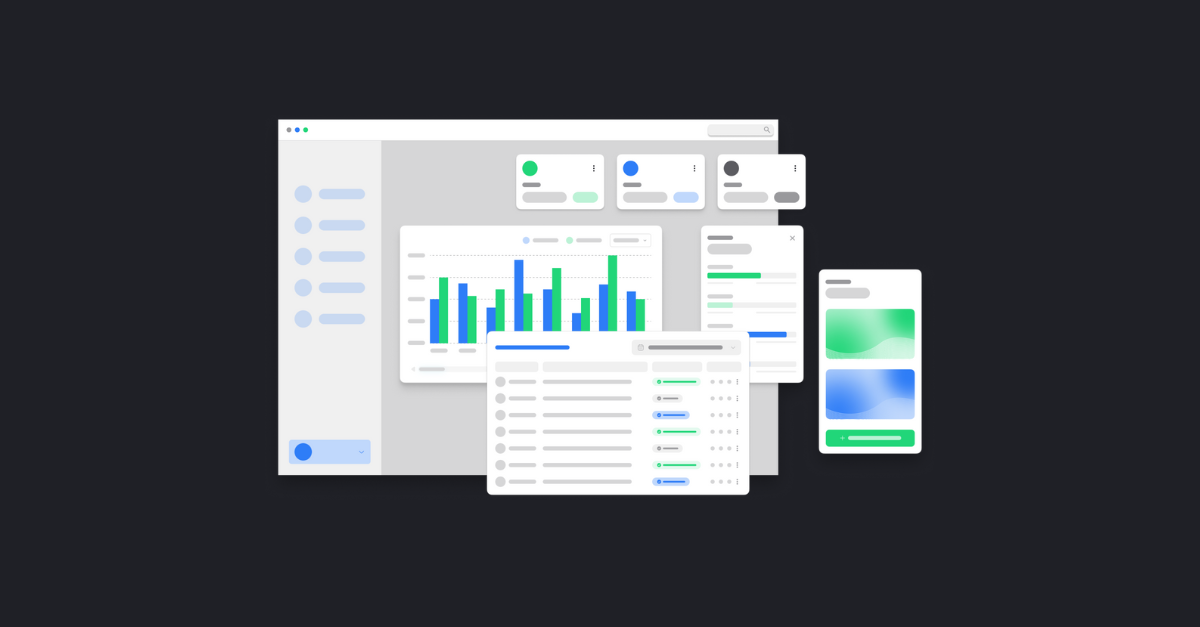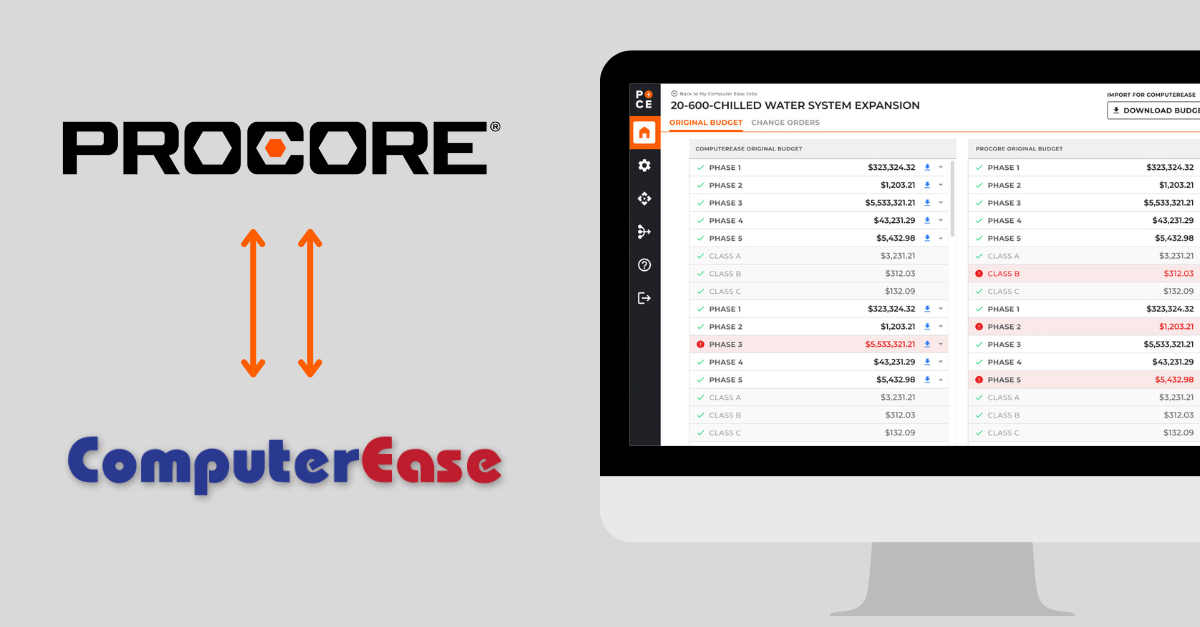It used to be that investing in the development of custom software was fairly risky. Why?
Because companies would build and release complex products and hope that the software would give users what they wanted. Software developers would have little or no interaction with users during the lengthy development process.
The result? A product that often didn’t meet the user’s real needs. You also didn’t find that out until AFTER months of costly developer time and budget.
Clearly, this wasn’t a great formula for success.
To fix it, developers introduced lean development principles, including the concept of the Minimum Viable Product (MVP).
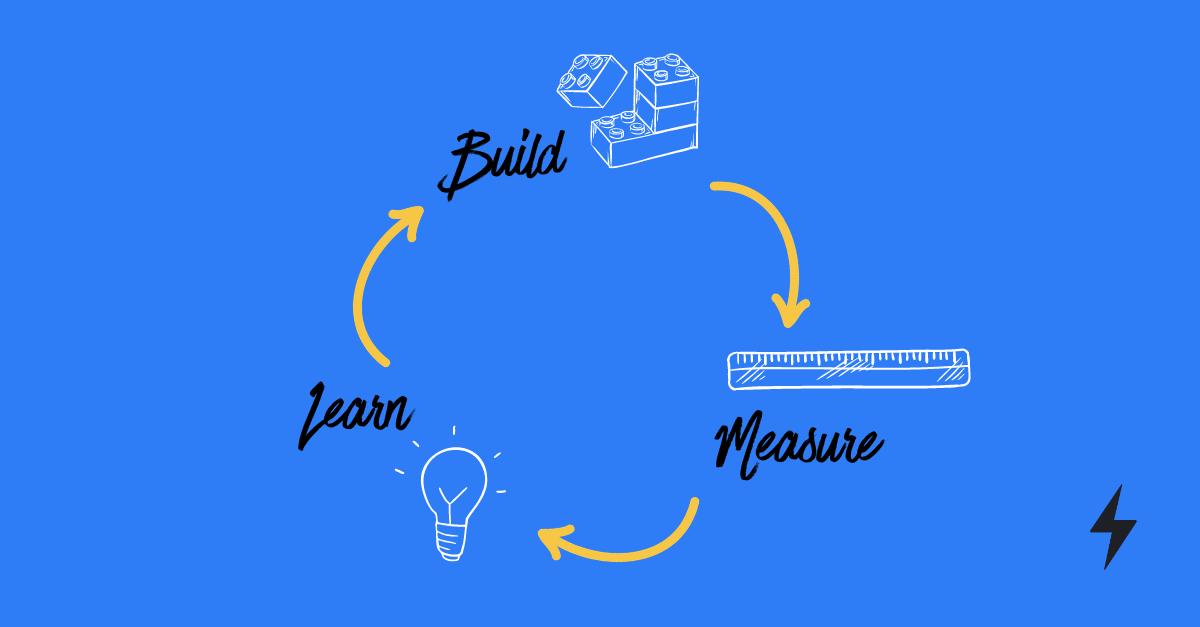
What’s a Minimum Viable Product (MVP?)
A minimum viable product delivers the minimum amount of features to attract early users and validate the product idea. (Building an MVP can be a key part of the agile methodology).
This results in a simple (but still effective) solution that’s intended to solve a single problem that’s important to its target users.
Starting with a simple MVP allows developers to collect feedback from early adopters about what they like or what doesn’t work.
Armed with this feedback from real users, companies no longer need to guess or imagine what their market might want. Instead, they learn what their market actually wants.
The main benefit? It avoids lengthy and potentially unnecessary development work building features that customers don’t want or need.
Releasing an MVP is a way of confirming the market’s desire for a software product in an inexpensive manner and the least amount of effort.
Just remember that the key part of the MVP definition is “viable.” Some MVPs can be simplistic and even rudimentary compared to what might eventually be built. Regardless, it must deliver value and solve a pain point enough that a user would say, “Yeah, I’ll pay for that.”
If the MVP is successful, the goal is to grow the product with confidence with the right features that users want.
Learn how else you can validate your startup idea before launching.
Benefits of Building an MVP
There are quite a few benefits to building an MVP version of your software product. These include…
- Validating your idea with less risk. With constant user feedback, you can validate early and often that you’re building the right features. It’s way less risk than building a complex feature-rich set out of the gate, then hoping it’s right.
- Speed to launch. By focusing on the minimum feature set that will solve an important problem for your customer, you can quickly bring a new idea to the market or your team.
- Lets User Feedback Drive Product Features and Enhancements. Feedback ensures that the product enhancements you develop are what your users really want, not just your best guess or own desires.
- Avoid lengthy and unnecessary work by developers. Building feature-rich software products takes time. Starting with an MVP helps you avoid wasting time and effort on the wrong things.
See How Building an MVP Works
Building an MVP is a widely adopted practice now, and you can leverage it with your own development partner.
At SPARK, one way we quickly and cost-effectively build MVPs for our customers is by using your existing technologies and platforms.
Why reinvent the wheel, right?
And, our customers get a polished-looking MVP without the time and expense of major development work.
For example, our client Leader Momentum sought to bring its innovative leadership courses to the eLearning market. To do so, they needed a learning management system to distribute and manage the delivery of their educational content. The challenge? Learning management systems are complex pieces of software that can take a lot of time to build.
Despite this, we helped Leader Momentum to launch quickly by leveraging an already-existing learning management system and customizing it to fit their exact needs.
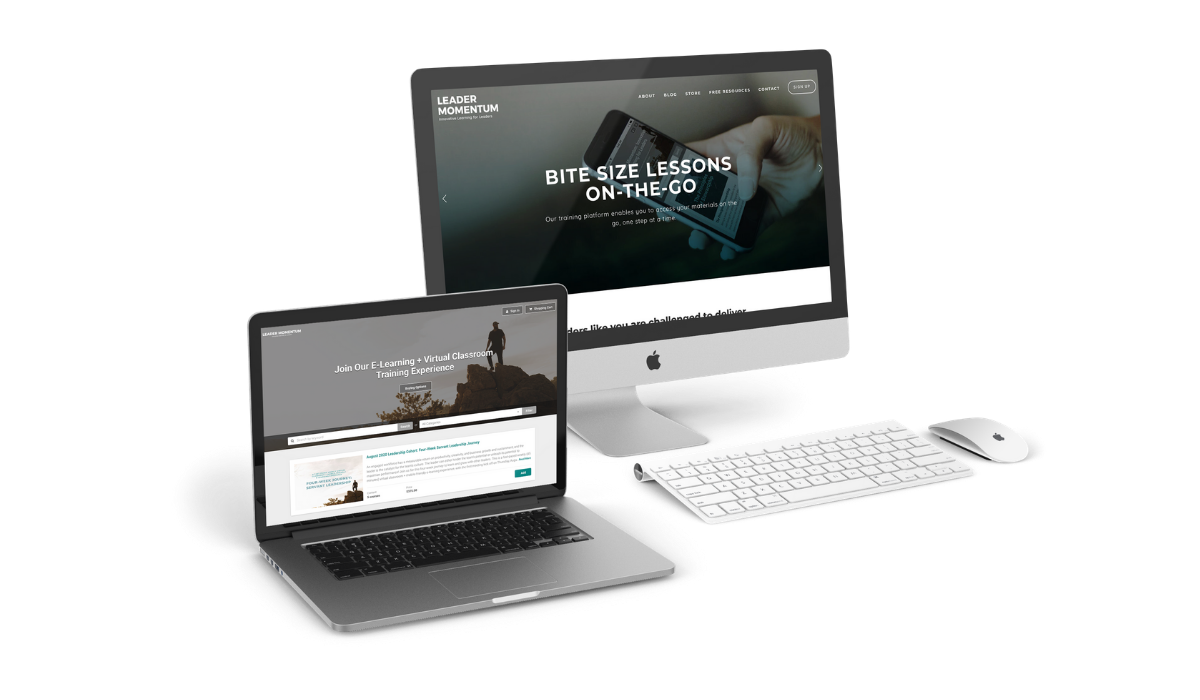
This is a common approach we use even when building our own products. We practice what we preach!
For example, we recently launched a new product called Easy Safety Forms. It allows businesses to easily comply with COVID-19 health screening requirements and guidelines to keep their employees safe while continuing operations.
And, we built this usable and fully functionable product in less than one week.
How’d we do it?
We built our Safety Form on Google’s already existing architecture and tailored it as necessary using some custom coding.
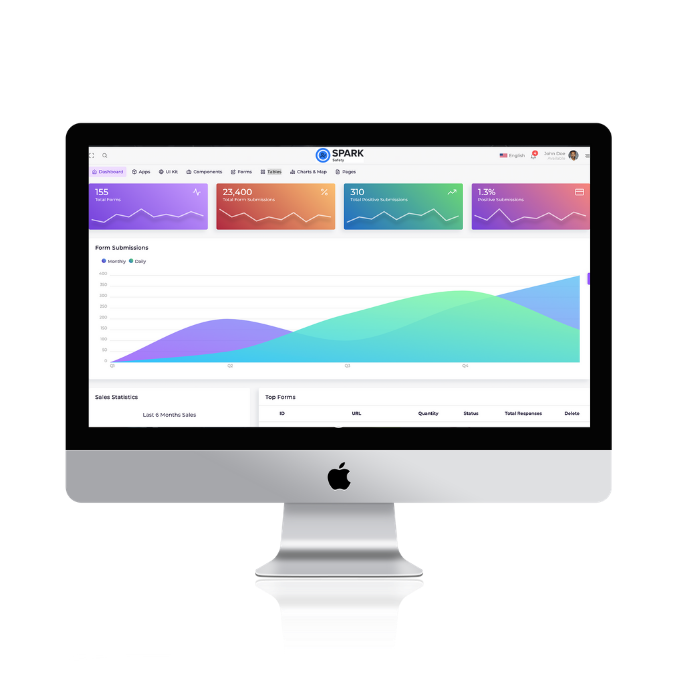
We also recently helped Kar, a new ride-sharing company, get up and running quickly by leveraging a ride share codebase that was already built.
Read stories about successful business tools launched with SPARK →
How You Can Leverage MVPs for Your Next Project
Starting your software product with an MVP is a cost-effective way to use your development budget. There’s no need to build “the whole thing” all at once. Instead, “deliver fast, but build slow.”
Getting your MVP into your user’s hands allows you to gather their feedback as your build. That way you’re confident that your development budget is being used for features that will make the biggest impact for them.
At SPARK, starting software projects with MVPs flows from our corporate culture. Because we want your business to succeed and scale.
We are looking for long term and successful partnerships with our customers. And, starting with an MVP is often the best way to build that successful partnership and ensure your return on investment.
As we collect user feedback early and often, we’ll build a solution that truly helps your business grow.
Ready to explore what it would take to create an MVP of your software product idea? Chat with SPARK so we can see how we can help!




